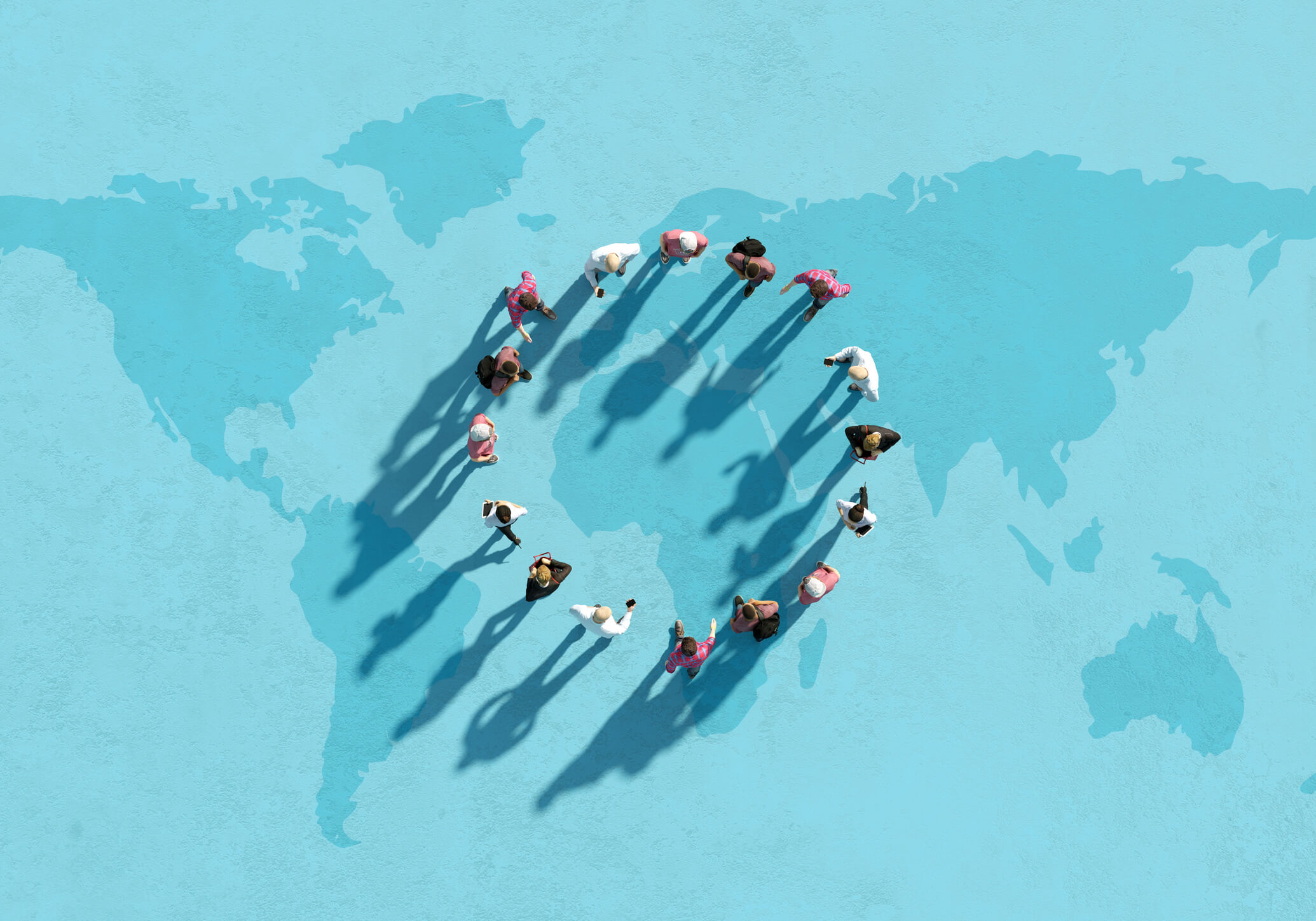Growing up in an affluent, mostly white suburb of Detroit, I never really embraced my diversity. I knew that I was different from my schoolmates and friends, but I didn’t think much about it. Sure, I took Chinese lessons every week in Canada and had a cool mom who came in every year for show-and-tell to teach my elementary school class about Chinese traditions. Of course, I stood with far fewer classmates during a middle school exercise in which we were asked to identify different races and stand with students of similar races. And yes, I found it annoying to be constantly mistaken for my best friend (who is also Asian) or assumed to be her sister. Still, I couldn’t deny that when I was invited to participate in a “People of Color Conference” in high school, a part of me agreed with my friends, who insisted, “But you’re not a person of color—You’re Asian.” I wouldn’t say that I resisted the idea that I belonged to a minority group; I just didn’t think that being Asian really mattered that much.
I started realizing that being Asian did matter when it came to applying for college, as checking off the “Asian/Pacific-Islander” box on standardized tests and college applications, in some instances, might actually have worked against me. I learned in college that being Asian did matter when I was told by a college classmate who was also Asian that I didn’t seem to care about my Asian heritage because all of my friends were white. I recall how being Asian did matter when my parents had difficulty finding me when we visited UCLA—a college with a relatively large undergraduate Asian population—because they were used to simply looking for the only other Asian person around. In law school, I heard from more than a few other students that being Asian mattered and diversity quotas were likely the reason I was selected for so many law firm interviews.
When I first began practicing law, being Asian mattered when the other side would mistakenly think that I was too timid to argue motions or that I would likely agree to whatever opposing counsel were proposing because I wanted to avoid confrontation. I did not have anyone with whom to talk through these issues other than my mother, and my former law firm did not have any interest in diversity initiatives.
It was not until I joined Ogletree Deakins that I had the opportunity to meet others with shared experiences and explore what it meant to be an Asian attorney. As soon as I started, I became a member of the firm’s diversity committee and was encouraged to attend the National Asian Pacific American Bar Association (NAPABA) convention where I was amazed by the sheer number of Asian-Pacific-American attorneys in attendance. At the convention, I met a number of other attorneys who gave me some insight on practicing law as an Asian attorney and encouraged me to get involved in my local NAPABA affiliate.
As soon as I returned from the convention, I contacted the current president of the Michigan Asian Pacific American Bar Association (MAPABA), who asked me to help with the effort to revitalize the group, which I had not heard anything about since my mother’s involvement with it in my youth. I eagerly agreed and was appointed vice president. Since January 2010, MAPABA has brought together Asian attorneys in the area by,
- hosting the NAPABA Central Region Conference in Detroit (for the nine affiliates in Illinois, Michigan, Minnesota, Missouri, and Ohio);
- offering networking activities such as bowling and ping pong nights and tailgating at the Detroit Athletic Club before Tigers games;
- partnering with other diverse bar associations for joint receptions and networking events;
- volunteering at local nonprofit charities;
- organizing a fashion show to raise scholarship funds and granting eight scholarships to deserving students at five local law schools;
- awarding two of our founding members the MAPABA Trailblazer award; and
- circulating information about job postings, career opportunities, and community outreach efforts.
Through my involvement in NAPABA and MAPABA, participation in Ogletree Deakins’ professional development and inclusion initiatives, and discussions with others who had similar experiences growing up, I have begun to understand that being Asian has always mattered. While my parents did not force the identity upon me, they allowed me to figure out how to embrace my heritage on my own. They had not wanted me to feel different growing up, but they nevertheless reinforced my cultural heritage—through my mother’s leadership of the Asian-American Bar Association in Michigan and the Chinese association at her company, through my parents’ passion for civil rights for Asian-Americans, through our trip to the Tiananmen Square and Vincent Chin demonstrations, and through their commitment to following traditions for Chinese New Year and for honoring relatives who have passed. All of these experiences prepared me for life and shaped who I am today.
It may have taken a while, but I finally understand that being Asian absolutely matters because, without my culture, background, and experience, I could not provide the perspective that I do every day—whether it is in practicing law or simply navigating through life.



